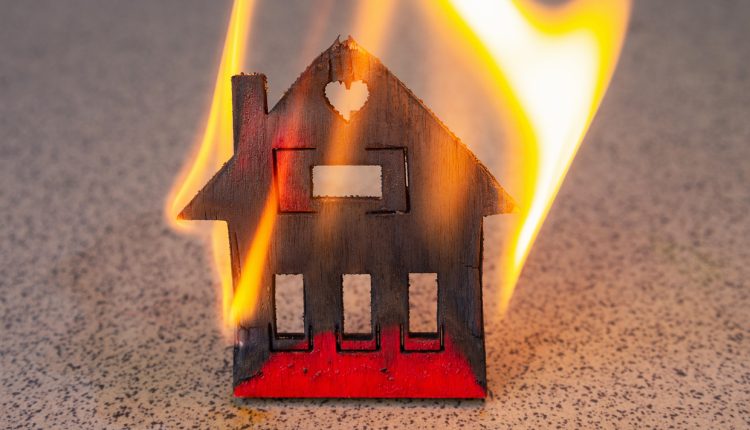What Is Standard Fire Policy In Fire Insurance?
Fire insurance is essential to protecting our properties and investments from the devastating effects of fire.
One of the key components of fire insurance is the standard fire policy (SFP), which serves as a foundation for most fire insurance contracts.
In case of fire-related incidents, understanding the standard fire policy (SFP) becomes crucial for policyholders and may even require the expertise of a fire insurance lawyer. The SFP serves as a foundation for most fire insurance contracts, providing coverage against losses caused by fire.
This article will explore the concept of the standard fire policy, its significance, and its key features in fire insurance.
What is Standard Fire Policy?
The standard fire policy (SFP) is a basic insurance policy that provides coverage against losses caused by fire. It is a widely recognized and accepted form of insurance, serving as the foundation for fire insurance policies across the industry. Although it is called the “standard” fire policy, it is essential to note that specific terms and conditions may vary among insurance companies and jurisdictions.
Key Features of the Standard Fire Policy
#1 – Insurable Interest
The SFP requires the insured party to have an insurable interest in the insured property. The policyholder must possess a financial stake in the property, such as ownership or a contractual relationship. Insurable interest ensures that policyholders do not obtain insurance for properties in which they have no legitimate claim.
#2 – Peril Coverage
The SFP typically covers losses from fire and lightning and limits other perils, including explosions, smoke damage, and windstorms. Policyholders must review their specific policy to understand the perils covered and any exclusions that may apply.
#3 – Property Coverage
The SFP covers the property, including the building structure and contents. The policy may specify whether coverage is provided on a replacement cost basis (where the insurer pays for the full cost of repairing or replacing the damaged property) or an actual cash value basis (where depreciation is factored into the reimbursement amount).
#4 – Exclusions
While the SFP covers a range of perils, it is equally important to be aware of its exclusions. Common exclusions may include losses resulting from war, nuclear events, intentional acts, and acts of government authority. Reviewing the policy carefully to understand the specific exclusions applicable to one’s insurance coverage is crucial.
#5 – Indemnity Principle
The SFP follows the principle of indemnity, meaning that the policyholder is entitled to reimbursement for the loss suffered up to the policy’s limits. The insurance company is not liable to pay more than the value of the damaged property or the sum insured, whichever is lower. This principle prevents policyholders from making a profit from the insurance claim.
#6 – Insured’s Duties
The SFP outlines certain obligations for the insured party to ensure a smooth claim process. These may include notifying the insurer promptly, providing documentation and evidence of the loss, and taking reasonable steps to mitigate further damage.
Significance of Standard Fire Policy
The SFP plays a vital role in the fire insurance landscape by providing a standardized framework for coverage against fire-related losses. Its widespread use allows for consistency and understanding in fire insurance contracts. Insurance companies and policyholders can rely on the SFP as a common reference point for policy terms, coverages, and claim procedures.
Let’s Sum It Up
Fire insurance is a crucial tool for mitigating the financial impact of fire-related losses. The standard fire policy (SFP) serves as a fundamental component of fire insurance contracts, providing coverage against losses caused by fire and related perils.
Understanding the key features and principles of the SFP is essential for policyholders to make informed decisions and navigate the claim process effectively. By adhering to the principles of the SFP, insurers, and policyholders can establish clear expectations and ensure a fair and efficient resolution in the event of a fire-related loss.




